Example of a Co-operative Education experience
Priyanka studies political science. After a year of classes, she spent her first four month co-op term working in a local city councillor's office. After another eight months at school, she spent four months working in the communications department of a large company. The experience went really well, and she stayed at the company for her third and fourth co-op terms before joining the company full time after graduation.
Benefits to Employers
- Fill short term staffing needs
- Help shape the industry’s incoming workforce
- Significant funding available to reduce labour costs of students
- Strengthen brand reputation among students
Are you an employer who wants to get started doing co-op? Contact us here.
Benefits to Students
- Gain professional work experience before graduation - according to UBC, students with co-op experience report starting salaries 15 per cent higher than those without.
- Earn an income while completing your degree
- Network and develop lasting connections within industry
FAQs
We recommended reaching out to a campus career centre, co-op office or equivalent before hiring a student. These centres have significant resources to make the process easier, including:
- Frameworks for how to assess your students,
- Information on grants and wage subsidy programs your business may be eligible for,
- Hiring and onboarding material designed for students,
- Tips for building a WIL program that works best for your organization.
Building a stronger relationship with colleges and universities can have long-term benefits for companies. You can give feedback on the strengths (and areas of improvement) for different programs to make sure that students have the right skills for a changing work environment. We do recognize, however, that sometimes the hiring timelines for employers and for schools don’t match up. When this is the case, we hope that the materials we’ve developed can help fill in these gaps so that both your organization and students can have a meaningful work experience.
Co-op and internship recruitment cycles typically begin 4-8 months before a placement starts, which is when students are thinking about their next term and must sort out where to live if they need to move cities. For example, if an employer wants a student to begin working in May, they should begin advertising the position in February at the latest - especially for employers that don’t live in areas with university or college campuses. Some schools have highly structured recruitment processes for their WIL programs, so be sure to confirm with a school if you intend to hire from a particular program.
With some schools calling their programs “co-ops” and others calling their programs “internships”, spotting the difference can be hard..
Generally, the major difference between most co-op and internships programs is that co-ops usually consist of alternating academic programs and paid work terms. Throughout the course of their time in school, a student might take three or more co-op placements at different companies or organizations, with the expectations for the student rising at each subsequent placement.
Internships are usually a “one-and-done” model, with a student doing one internship during their time in school. An internship might last 12 to 16 months, during which they become more comfortable with the work and take on more responsibilities.
That being said, there are a few co-op programs that function more like internships: students take multiple work terms back-to-back with the same organization. In Canada, a not-for-profit organization, Co-operative Education and Work-Integrated Learning Canada (CEWIL) accredits co-op programs that meet their criteria.
One big difference between co-op and work experience is the relationship between the employer and the school. Co-op programs are usually structured more formally, and allow for more feedback between a business and a university or college. This can allow for a longer term relationship, in which employers’ feedback about student performance can be incorporated into the curriculum. Co-op programs, including accredited programs, also provide a roadmap for employers on how to build WIL into their organizations, have structured feedback and assessment, and clear guidelines for hiring.
The reality is, however, that not all post-secondary schools have co-op or internship programs. Work Experience is a form of WIL that fills these gaps. In this case, employers trade the benefit of more flexibility (timelines; student assessment; start and end dates) with the challenge of not having as much support or a roadmap for how to implement WIL in their organization.
Certain types of WIL are sometimes called “micro-WIL.” This generally refers to forms of work-integrated learning, such as applied research projects and field studies programs, that are less than a full academic semester (e.g. are shorter than about four months.) These short bursts of work-integrated learning still expose students to the realities and pressures of the workforce, but are less immersive than full time WIL, such as an internship, co-op or apprenticeship.
Testimonials

For Matthew Rosenfeld, a student in the Primary Care Paramedic program, the experience was a great way to apply concepts and procedures learned in the classroom into a real life scenario.
“The interaction with the other agencies was an incredibly beneficial experience. Inter-agency communication can be difficult, and this scenario allowed us to identify and correct some issues,” says Rosenfeld.
Primary Care Paramedic student Jenna Gliddon says the experience helps her and her classmates prepare for a career in emergency services.
“We do lots of practice scenarios throughout the...

A marketing class in her third year at the University of Waterloo had Amy Zhou wondering, “Is this actually how they approach solving problems in the real world?”
During a co-op term at Microsoft, she found the answer. “You learn so much when you’re thrown into an environment where instead of having a professor hand your assignment back, you’re responsible for setting something loose into the world.”
During her four-month work placement, Zhou created communications products for small and medium businesses, tracked key performance indicators and assisted with social media campaigns. “If...

After winning a high school robotics competition, Bo Chiasson knew that his future would involve technology – he just wasn’t sure what, or where. Now in his final year in the Instrumentation and Engineering Technology Program at Saskatchewan Polytechnic, Bo says that the hands-on experience of multiple work terms have helped hone his skills.
“When I started the program, I wasn’t sure what I was getting into. Having work terms means that I’m not going into the industry or career path blind – I’ve built up hands-on experiences.”
During his work terms, Bo has worked alongside journeymen and...

Two thousand, eight hundred. That’s about how many culverts Sydney James inspected during a summer that saw her driving all around Saskatchewan. As an engineering technology student at Saskatchewan Polytechnic, much of Sydney’s classroom work related directly to the experience she gained through her work placement at the Department of Highways.
“After a summer studying culverts and learning about how water flow impacts land stability, we began studying hydraulics in class,” she said. “I was able to see the impact of engineering in the real world, and then learn the science behind it.”
Fo...

"What I learned from my on-the-job experience will benefit me in the classroom as it provides me with real-world experiences to apply to new concepts I learn in class. It is always easier to comprehend a certain theory or idea if you have a real life experience to relate to it. These co-op experiences will provide me with these opportunities to link the working world to the academic world."
Courtney Thomson, student at University of Manitoba

"This past term was filled with valuable information with regards to life in the accounting profession, and the variety of opportunities the career opens up for individuals. The co-op program has been beneficial in clarifying any hesitations I had of my career choice. "
Nyasha Mukumba, student at University of Manitoba

"My learning with this organization was phenomenal. Each day was a new experience and something new to learn. As a finance major, half way through the major, I was constantly challenged and forced to learn outside of my comfort zone. I consider all the information, advice and lessons I have received from my supervisor and co-workers at CCM to be extremely relevant and helpful."
Michelle Smith, student at University of Manitoba
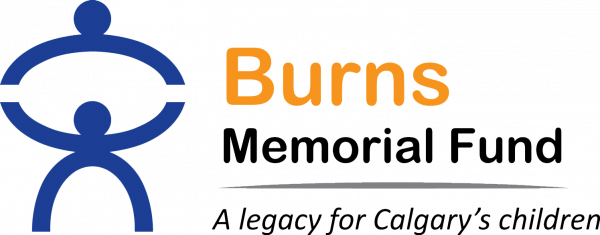
Michelle Clarke, Executive Director says "Burns Memorial Fund has employed many outstanding students as part of the University of Calgary’s Arts Co-op Program. The students come to us well-prepared for the workforce, bringing talent, skill and enthusiasm to our staff team. Co-op students have completed important assignments for our organization, including survey design and implementation, client impact reports and external communications materials. Participation in this program increases our community impact, as the Co-op students take on tasks and assignments which we would not otherwise have...

“We believe in helping people learn more about the industry and giving them a chance to gain experience. (Assessment) is a niche industry. We have challenges attracting people into the industry but once they’re in the field they realize the job is interesting and varied, the employment rate is high, and the salary is very competitive. We have two previous summer students that are now assessors in the County of Camrose. I have no doubt Thomas will have a successful career as an assessor.”
City of Camrose
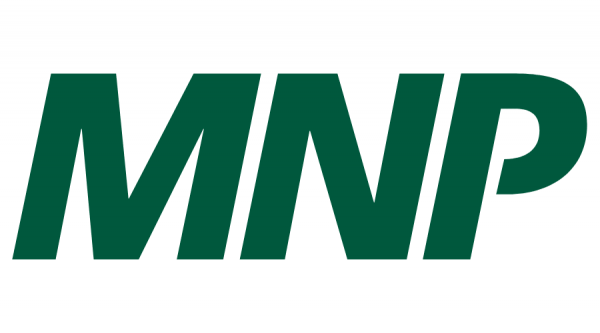
“Our goal was for Kelly to experience what it’s actually like to do the job on a day-to-day basis so she has a well-rounded perspective of accounting. Kelly was great. She’s a positive person and she fit really well into our organization. We’re already talking about bringing her back.”
Meyers Norris Penny (MNP)

“It was our intention for the placement to be productive for both student and employer. We challenged Kirsten to make the most of the placement and we could not have hoped for a more proactive student. As a co-operative organization it is part of our values to reach out and work with academic partners in our region. A placement student can provide summer vacation cover or enable permanent staff to be assigned to other projects. Our experience is that the students are very focused and can be taught to be dedicated to the brand we’ve established. It challenged my ability to mentor. It was...

"Shailos, has been a valued addition to the HR Department in the short time she has been with us. Her contribution has been invaluable and some projects would not have been achievable if not for her. She has a strong work ethic and positive attitude; it has been a pleasure working with her."
Trish Clark, Tundra Oil & Gas Partnership
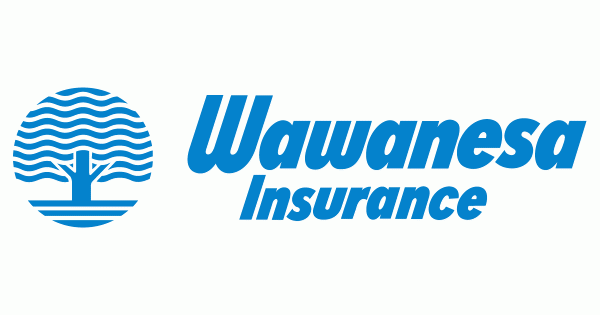
"Participating in the Asper Co-op program has been an extremely positive experience for me as a manager and also for my staff. As a manager, the program gave my staff the opportunity to grow, to provide work experience to a student and to give back to the faculty I graduated from. My staff benefited by having the ability to demonstrate their mentoring, communication and team player skills."
Tracey Alexander, Wawanesa mutual Insurance
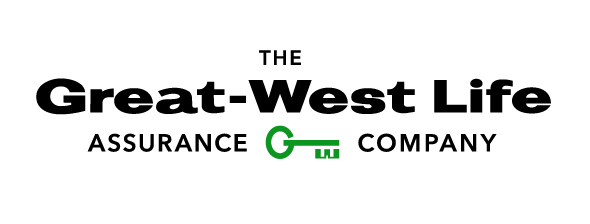
"Jiaying was an excellent addition to our team and added tremendous value to our investment reporting area. Not only was she confident in her abilities and eager to learn, she played an integral role in revising one of our major reporting processes resulting in significant time savings and improvements in our team's overall efficiency."
Karyn Doan, Great-West Life
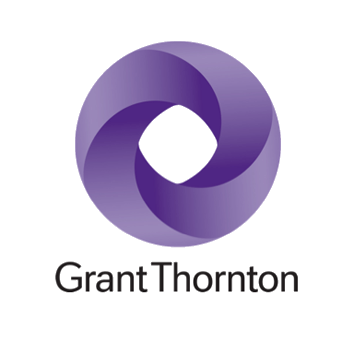
I see the Co-op program as a win-win opportunity and would recommend it to both students and employers! From the student’s perspective, it gives them an opportunity to foresee the role that’s expected by the employer. On the employer’s side of the equation, it provides an opportunity to determine whether a potential candidate demonstrates the qualities and skills they are looking for in an employee.
Lisa MacDonald, CA, BComm, Senior Manager, Grant Thornton

The Geological Survey of Canada (Atlantic) at Bedford Institute of Oceanography (BIO) hires Geology and other science Co-op students as field and lab assistants and to carry out specific projects analyzing and interpreting marine and coastal geological data. Without Co-op students, I would be a much less productive scientist! I enjoy introducing students to the challenges of marine science and seeing them put their class-work into practice in a work setting. Some Saint Mary’s students have come back to do an honours or M.Sc. project, and two are now my colleagues at BIO.
David J.W. Piper...
